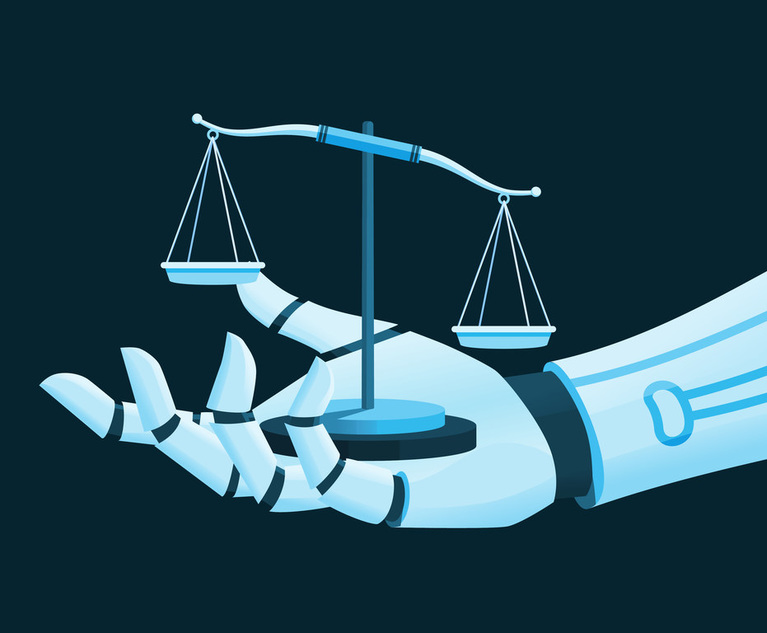Recent advancements in generative AI have allowed popular chatbots to expand their capabilities exponentially to now send mail, manage one’s finances, unpack complicated topics or write essays.
For a while, it’s been broadly understood that what has allowed these tools to be so performant is the sheer amount of publicly available data they were trained on, often through a process called web scraping. But, until recently, it was unclear where exactly large language models (LLMs) pulled their training data from.
This content has been archived. It is available through our partners, LexisNexis® and Bloomberg Law.
To view this content, please continue to their sites.
Not a Lexis Subscriber?
Subscribe Now
Not a Bloomberg Law Subscriber?
Subscribe Now
LexisNexis® and Bloomberg Law are third party online distributors of the broad collection of current and archived versions of ALM's legal news publications. LexisNexis® and Bloomberg Law customers are able to access and use ALM's content, including content from the National Law Journal, The American Lawyer, Legaltech News, The New York Law Journal, and Corporate Counsel, as well as other sources of legal information.
For questions call 1-877-256-2472 or contact us at [email protected]


 (Credit: local_doctor/Adobe Stock)
(Credit: local_doctor/Adobe Stock)





